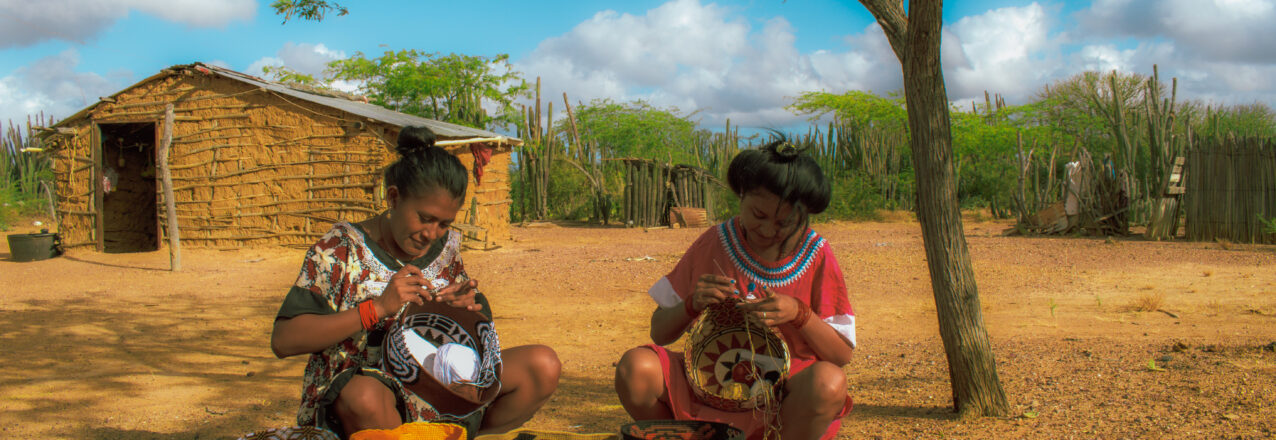Protecting natural ecosystems, empowering Indigenous Peoples, and supporting effective land governance systems are necessary to achieve climate resilience. COP28 is fostering progress on these topics through today’s theme: Nature, Land Use, and Oceans.
USAID is leading the way on land issues by strengthening resource tenure governance and property rights to support sustainable livelihoods and protect the environment. Effective land and resource governance can encourage restoration and stewardship of land, resources, and ecosystems, which can help to mitigate the impacts of climate change. Secure land tenure can also encourage individuals and communities to adopt practices that promote greater adaptation and resilience to climate change.
Indigenous Peoples and local communities (IPLCs) own or manage more than a quarter of the world’s lands and are stewards of much of the earth’s biological diversity. Their systems of traditional knowledge can make significant contributions to global health, agriculture, and food security outcomes as well as help the world respond to the challenges of global climate adaptation. USAID is committed to partnering with IPLCs to protect and secure their tenure and to enable them to lead on climate action, as highlighted in USAID’s 2022-2030 Climate Strategy and in USAID’s Policy on Promoting the Rights of Indigenous Peoples. USAID also recognizes the importance of promoting equitable and inclusive systems of land governance so women and vulnerable populations have a clear path toward secure land rights.
Given that USAID’s climate change programming is inextricably linked to the need for clear and secure land and resource governance systems, LandLinks and Climatelinks are highlighting some resources that explore the issue in depth. Here are some climate-related resources on LandLinks that can help land and resource governance practitioners understand how their work intersects with climate change programming.
It’s Earth Day—Here’s Why Securing Land Rights Matters for Our Planet
This blog discusses the Mapping Approaches to Secure Tenure (MAST) Learning Platform, an innovative, evidence-based, and context-appropriate tool for addressing land-related challenges within the context of climate change.
What Better Looks Like: Breaking the Critical Minerals Resource Curse
Sustainably sourcing the green energy minerals crucial for green technologies presents both challenges and opportunities. This expert discussion explores what better looks like when it comes to mining, processing, recycling, and consuming critical minerals.
Incorporating Land and Resource Governance into Climate Change Programming
This brief covers the importance of land and resource governance in achieving positive human well-being and environmental outcomes, including mitigating the impacts of climate change and achieving sustainable economic growth.
Women, Deeds, and Dirt: Confront the Climate Crisis, Uproot Gender Inequality
This podcast episode examines the connection between gender-sensitive land rights reforms and climate change mitigation and adaptation.
Gender and Climate Change: The Intersection of Women’s Empowerment and Sustainable Farming
A USAID and PepsiCo partnership aims to empower women in the potato supply chain, improve yields and profitability, and promote the adoption of sustainable and regenerative farming practices that can help mitigate climate change.
LandLinks is the knowledge portal for USAID’s Land and Resource Governance Division. It serves as the primary host for resources related to strengthening land tenure and property rights. To learn more about USAID’s work in support of land tenure, visit LandLinks.


